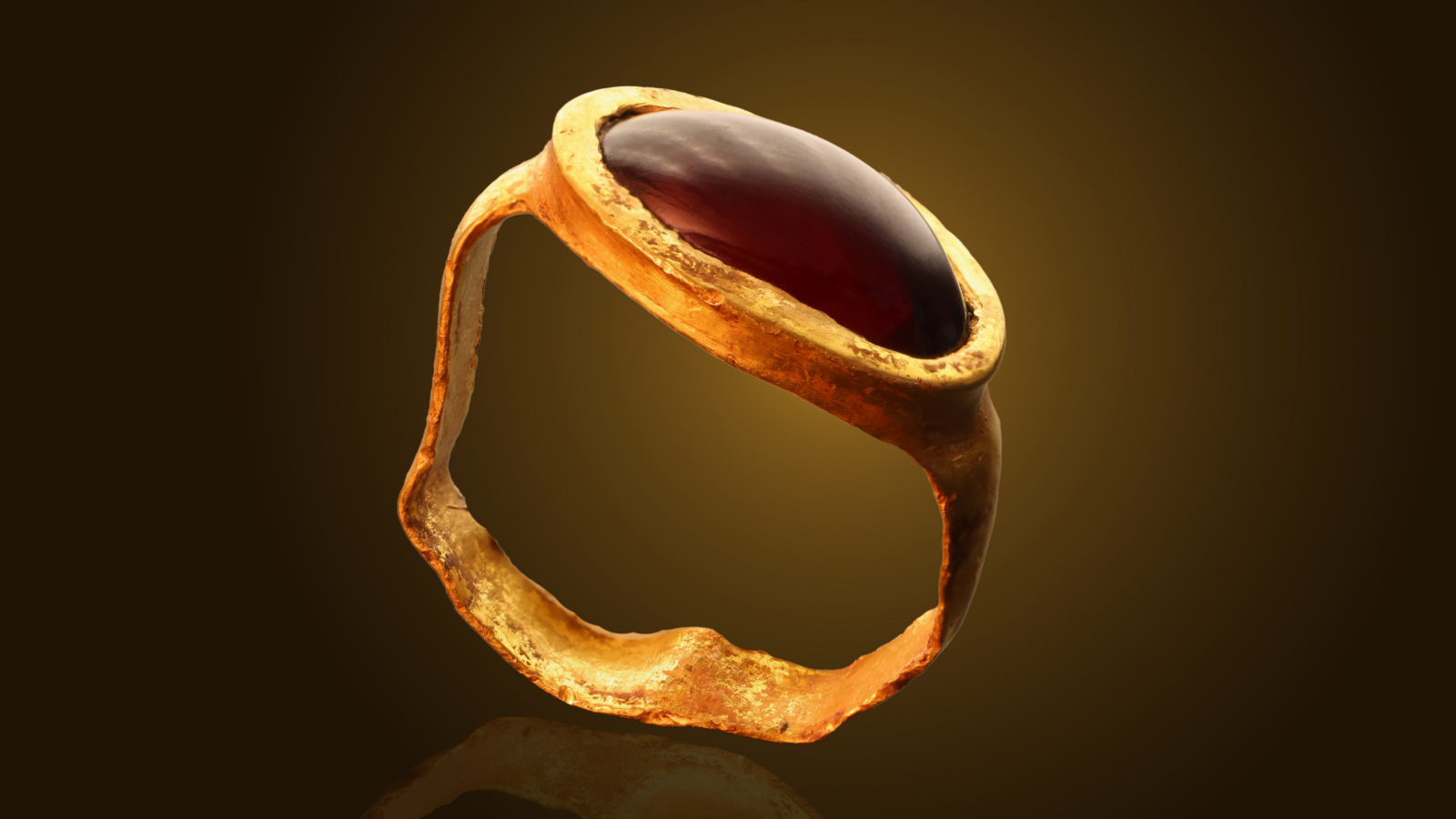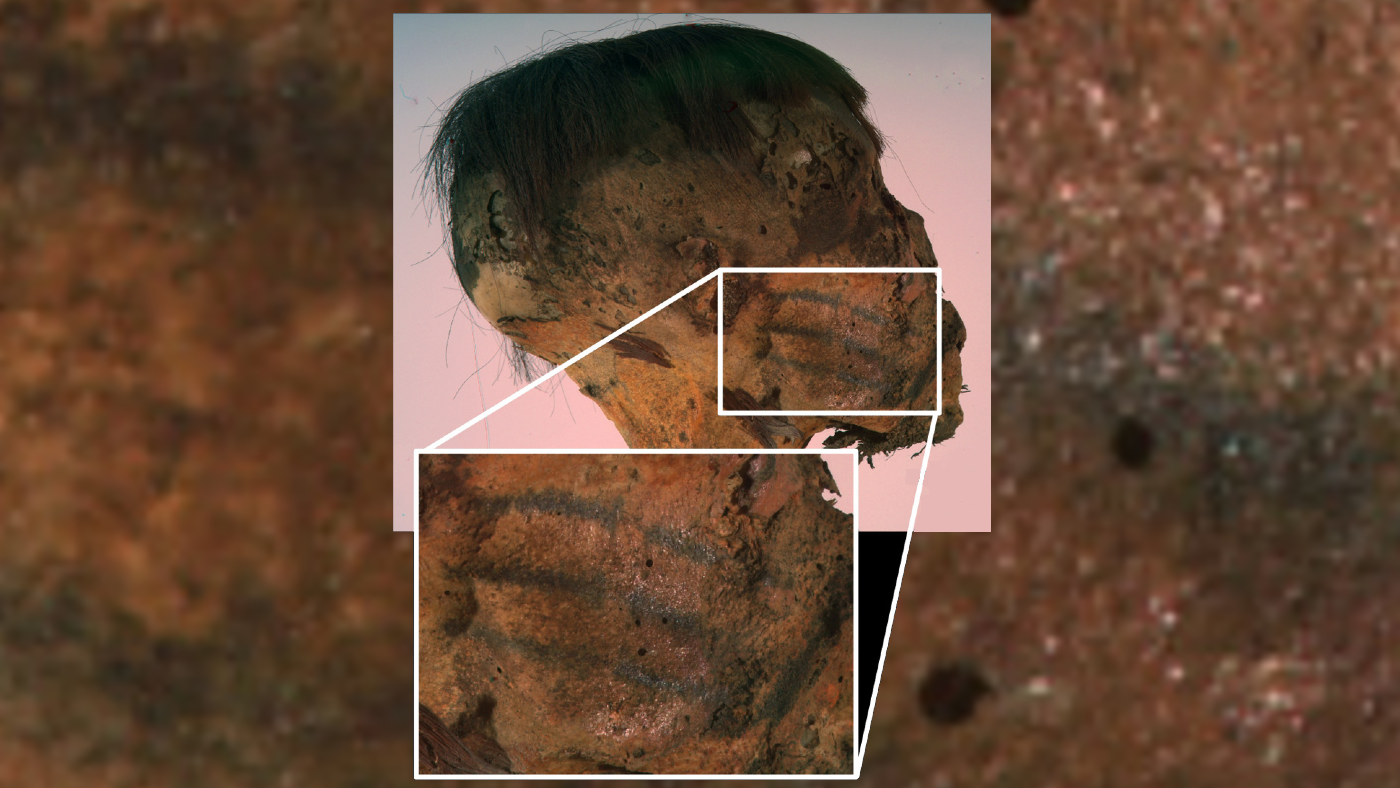Archaeologists in Israel have discovered a 2,300-year-old gold ring set with a red gemstone — likely a garnet — that a youngster may have ritually buried as they left behind childhood and transitioned into adulthood.
The small ring dates to the Hellenistic, or Greek, period, and was found in the City of David in the Jerusalem Walls National Park. This is the second gold ring from the early Hellenistic period that archaeologists have found there in less than a year.
“This jewelry discovered now was likely buried then in the context of a well-known practice of that period, which symbolized the transition from childhood to adulthood,” researchers with the Israel Antiquities Authority (IAA) and Tel Aviv University said in a statement.
Archaeologists found the ring during a routine dig.
“We sifted the dirt through a sieve, right near the excavation area, and suddenly Ben, who works with me, pulls a gold ring out of the dirt,” Rivka Lengler, a City of David excavator, said in the statement. “At first, he was sure it must be a modern item dropped by one of our excavators, but when I examined the ring, I immediately assessed it as something ancient.”
Related: Ancient ‘hangover prevention’ ring found in Israel
The archaeological layer in which the ring was found dates to the late third or early second century B.C., also known as the Second Temple period, which lasted while the Second Temple stood in Jerusalem from about 516 B.C. to A.D. 70, when the Romans destroyed it. This layer has yielded other valuable artifacts, including bronze earrings, a gold earring with a depiction of a horned animal, and a decorated gold bead.
The newfound ring was unearthed in the foundations of a large building, suggesting that whoever lived there was wealthy, the researchers said in the statement. And the fact that t several precious artifacts have been found in the area suggests that whoever buried them may have been following a custom.
“That the two small rings and the rest of the jewelry were all discovered under the building’s floors raises the possibility that they were buried there on purpose,” Marion Zindel, an archaeologist with the IAA who analyzed the ring, said in the statement.
The ring may have been buried as part of a coming-of-age ritual, which was a “well-known Hellenistic period custom,” she said. “Betrothed women would bury jewelry and other childhood objects in the house foundations as a symbol of the transition from childhood to adulthood,” Zindel explained.
The ring’s gemstone also fits into trends from that time.
“Jewelry that combines gold with brightly colored precious stones, such as the garnet stone, were well-known from this period, in which fashion was influenced by Eastern countries such as India and Persia,” the researchers said in the statement. “These fashionable influences were enabled thanks to Alexander the Great‘s conquests, and the consequent trade channels opening with these regions.”
This is far from the only Hellenistic finding in Israel linked to Alexander the Great. In 2023, archaeologists announced they had found the roadside burial of a Greek courtesan who had been buried with an ornate bronze mirror. Researchers believe this woman was accompanying the Macedonian king’s armies when she died 2,300 years ago.













